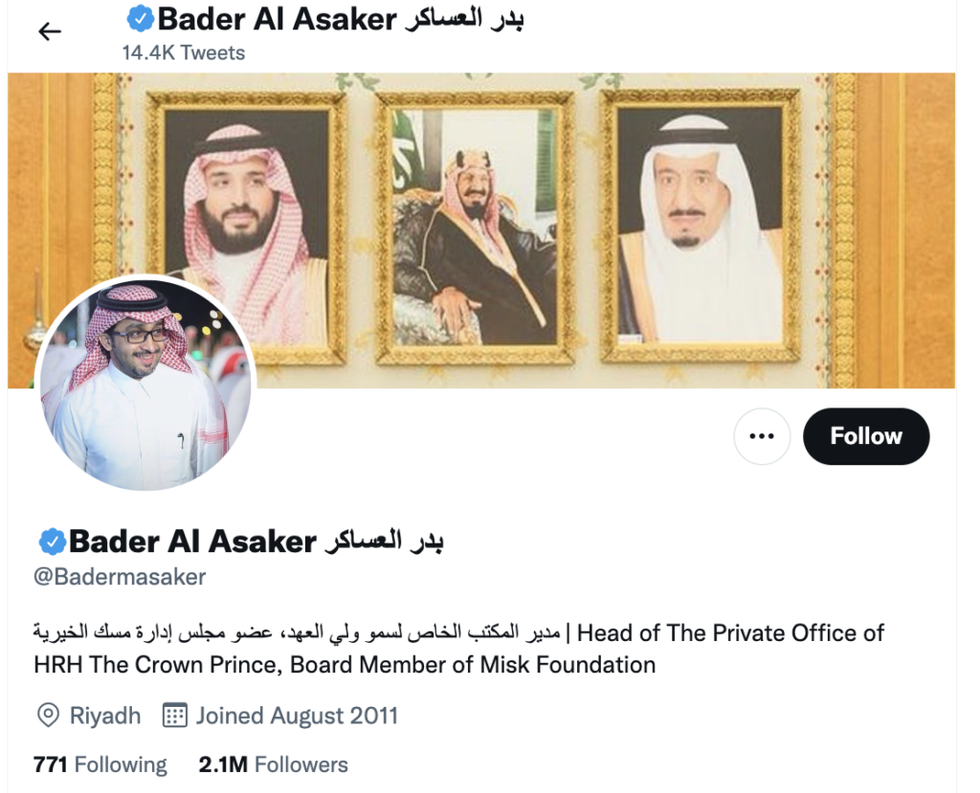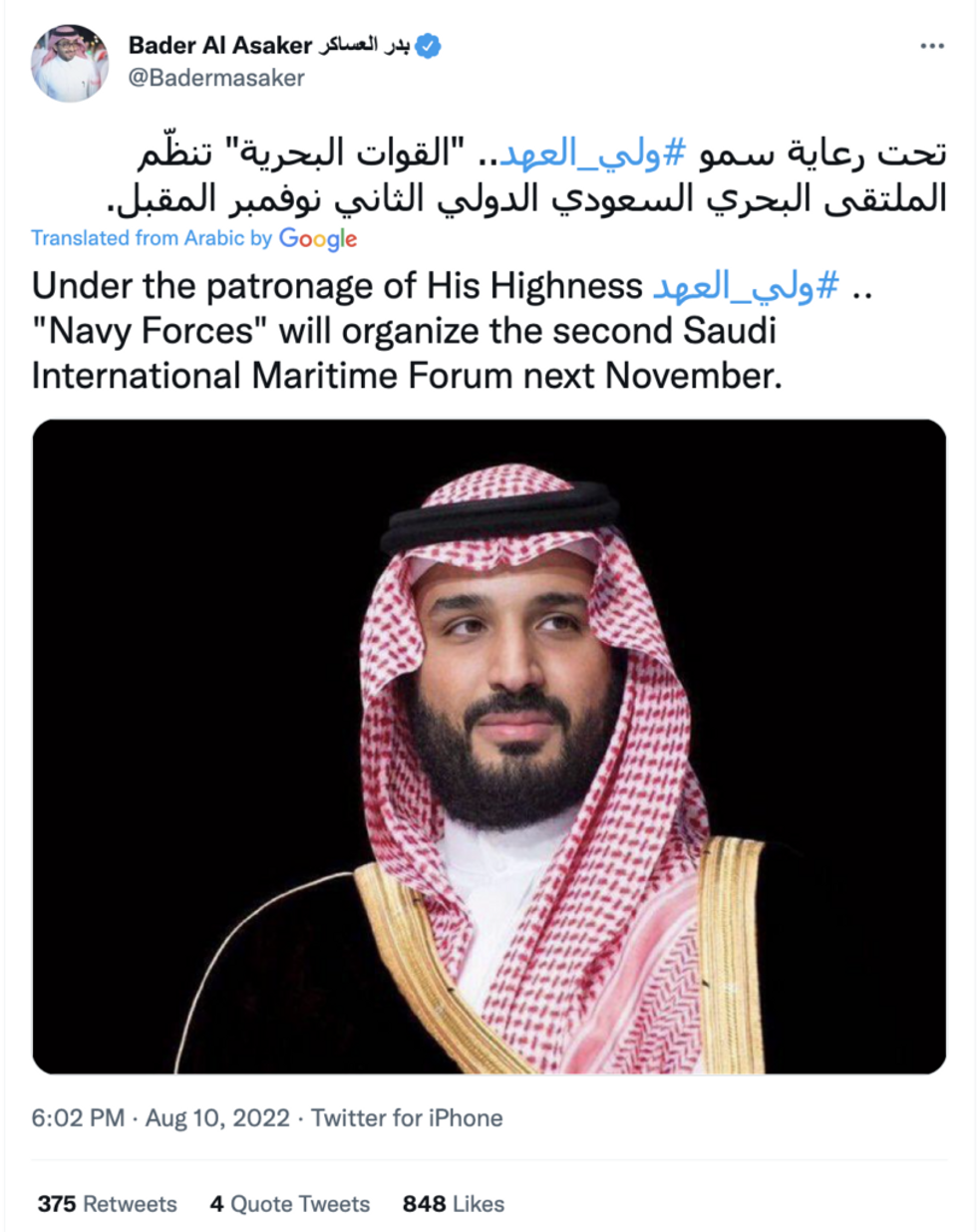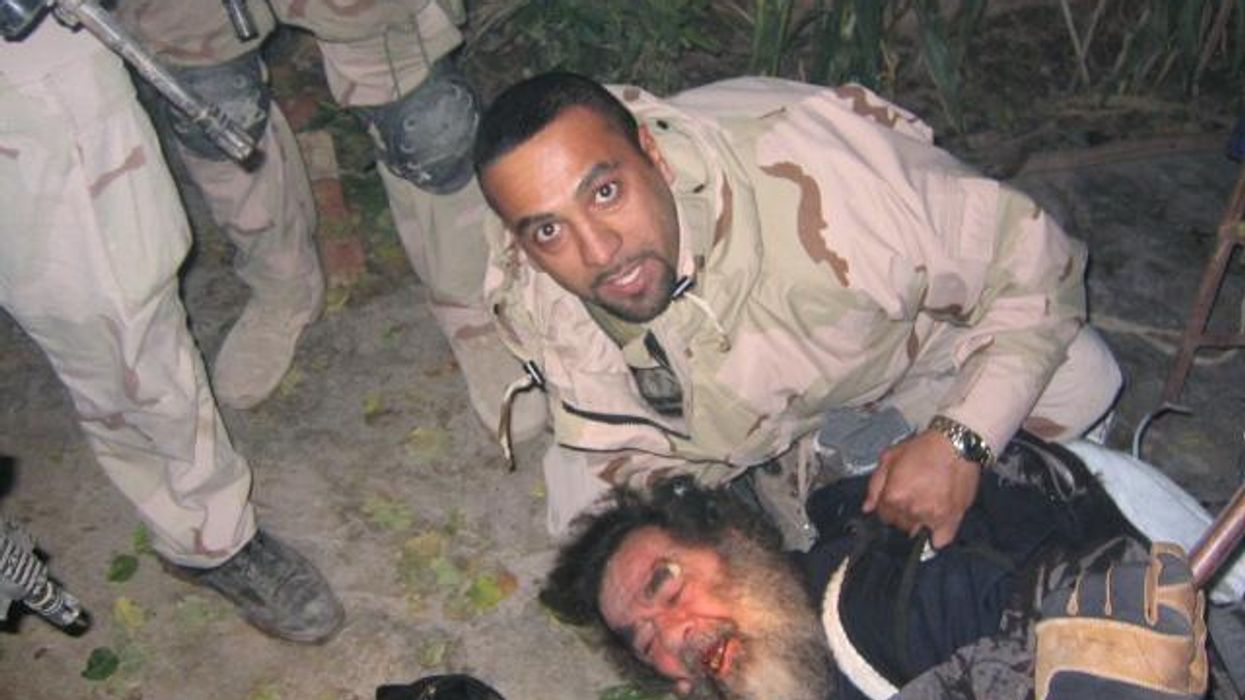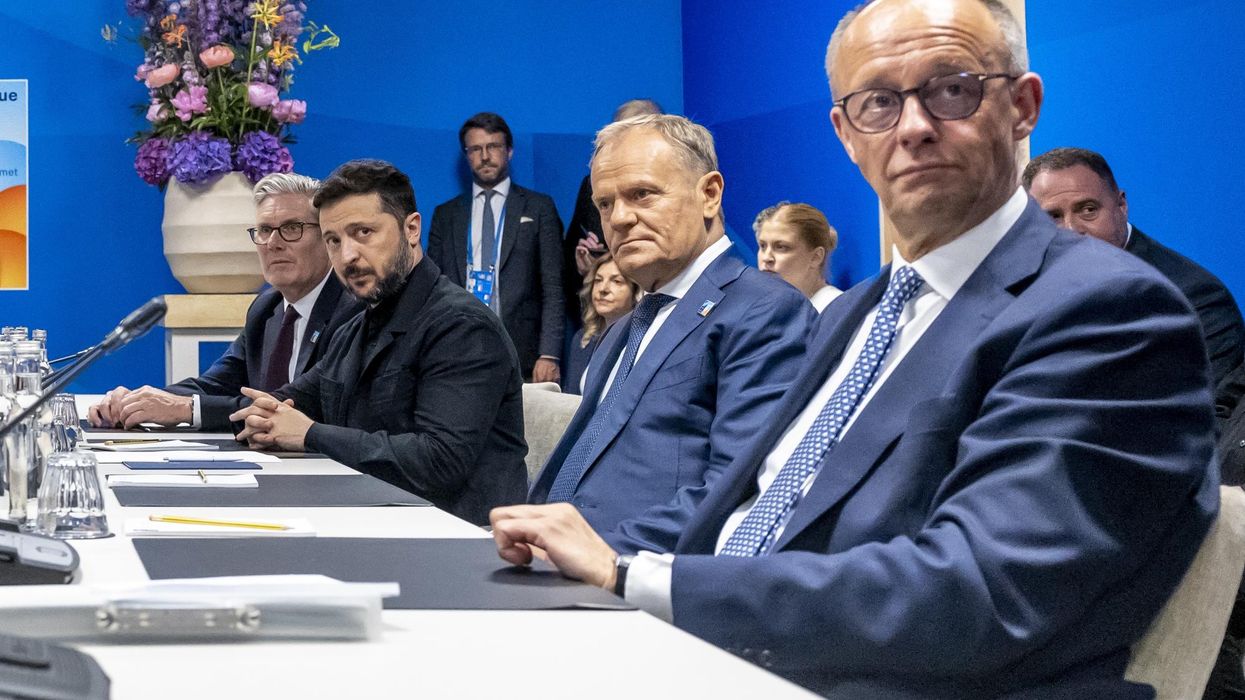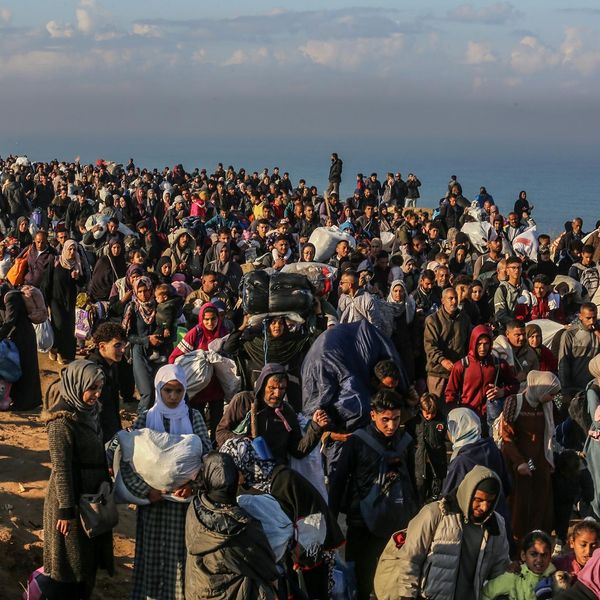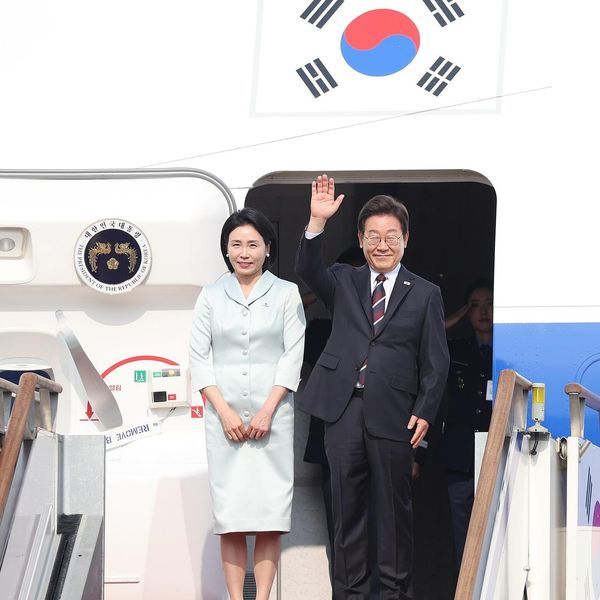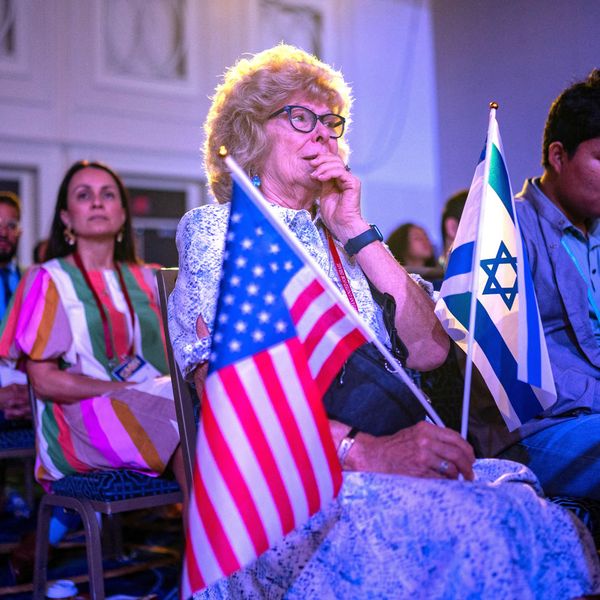On Tuesday, a federal jury in San Francisco found former Twitter employee Ahmad Abouammo guilty for spying on behalf of Saudi Arabia.
While overseeing media partnerships in the Middle East and North Africa for Twitter between 2013 and 2015, a Saudi official — referred to in the criminal complaint simply as “Foreign Official-1” — recruited Abouammo to covertly divulge personal information of Saudi dissidents. Now, Abouammo is facing 10 to 20 years in prison for wire fraud, money laundering, falsifying records, and acting as an unregistered agent of a foreign government.
Two other Saudi citizens — Ali Alzabarah and Ahmed Almutairi — allegedly contributed to the scheme, but fled the country after being charged with acting as unregistered agents for Saudi Arabia. Alzabarah, also a former Twitter employee, accessed the personal information of an estimated 6,000 Twitter accounts across six months in 2015, according to the FBI.
But while much of the focus has been on Abouammo and his accomplices, the buck didn’t stop with them. “Foreign Official-1,” the real engineer behind the operation, has a name: Bader al-Asaker, a top adviser to Saudi Crown Prince and de facto leader Mohamed bin Salman. Al-Asaker's identity was revealed in 2019 not long after the charges were brought.
Abouammo and Alzabarah allegedly targeted accounts at the explicit direction of al-Asaker, who funneled them hundreds of thousands of dollars in return. During the trial, prosecutors described how Abouammo met with al-Asaker in London, only to fly back to San Francisco with a brand new $40,000 luxury watch, “That luxury watch was not free. It came with strings attached,” argued Assistant U.S. Attorney Eric Cheng.
According to the FBI’s criminal complaint, al-Asaker acted on behalf of the Kingdom of Saudi Arabia to cultivate “employees of Twitter in an effort to obtain private user information that it could not obtain elsewhere.” U.S. Attorney Colin Sampson described al-Asaker’s directions as a “shopping list of Twitter users that he wanted an insider to keep track of.”
Abdullah Alaoudh, the Research Director for Saudi Arabia and the UAE at Democracy for the Arab World Now, told Responsible Statecraft that the real mastermind — al-Asaker — has gone completely unscathed, presenting a contradiction in U.S. foreign policy. “It is weird that we have sanctions against Saoud al-Qahtani for the murder of Khashoggi, but not against Bader al-Asaker for infiltrating Twitter and doing this operation in US soil.”
In fact, al-Asaker is still in plain view and active on Twitter with over two million followers, even after the FBI tied him to the illegal activities of Twitter's now-former employees.
The full damage posed by al-Asaker and his accomplices is unknown since only a handful of the identities of the 6,000 accounts accessed are even public knowledge. Human rights activist Ali al-Ahmed claims that he was targetted by the spies, causing his sources in Saudi Arabia to be “killed, tortured, or dissapeared.”Quincy Institute Research Fellow Ben Freeman noted in January that “Continuing to only punish the pawns, not the malign foreign actors directing them, will lead to continued attacks on democracy in America.” Indeed, focusing attention on smaller actors tackles the symptom of the problem without addressing the underlying root causes — like carelessly weeding a garden.
Moreover, this incomplete strategy may not even work in the short-term. Two of the pawns in the Twitter spy scandal, Alzabarah and Almutairi, and are now believed to be in Saudi Arabia. According to a declassified intelligence bulletin, the FBI has determined that Saudi government officials “almost certainly assist US-based Saudi citizens in fleeing the United States to avoid legal issues, undermining the US judicial process.”
The scandal, and involvement of a top Saudi official, begs deeper questions about the U.S. relationship with Saudi Arabia that will surely go unanswered. With President Biden fistbumping al-Asaker’s boss on a state visit last month, the United States is likely to simply wash its hands of the scandal and move on; as it’s apparently much easier to focus on the pawns.


